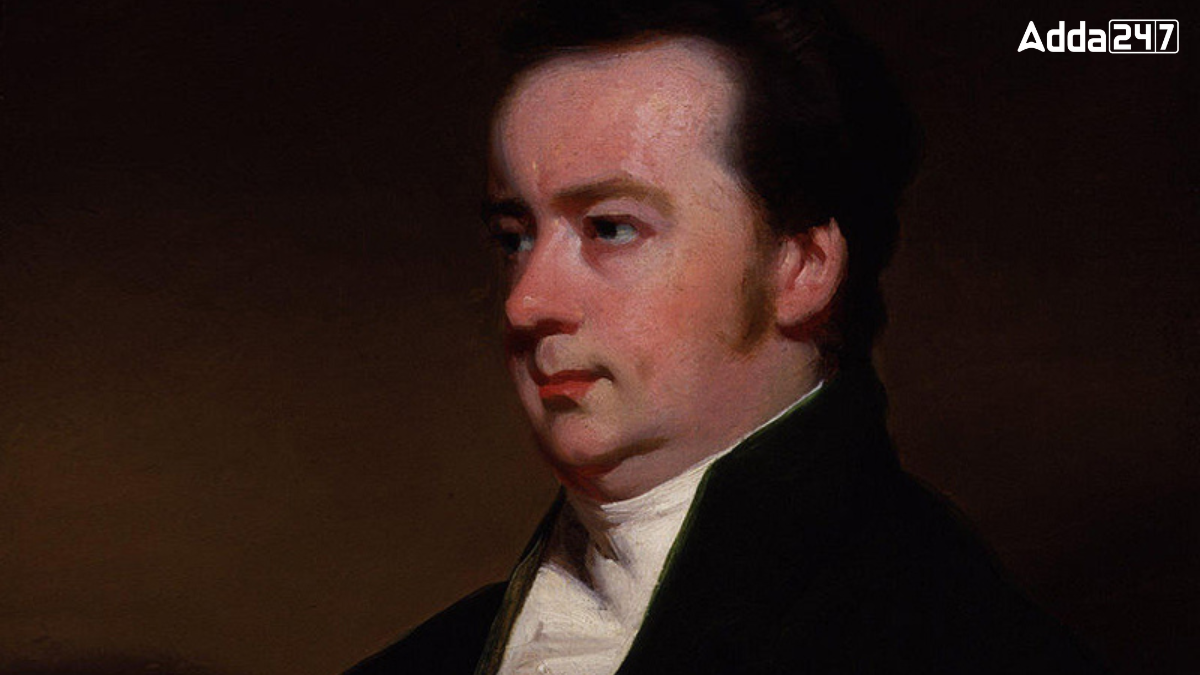The press has always played a crucial role in shaping society by spreading awareness and sharing important news. In India, during British rule, the press was heavily controlled, and strict laws restricted freedom of speech. However, one great leader took a bold step to remove these restrictions, allowing newspapers to grow freely. His efforts helped journalism flourish and made the press a powerful tool in India’s freedom struggle.
Liberator of the Indian Press
Sir Charles Metcalfe is known as the “Liberator of the Indian Press” for his efforts in granting press freedom in India. In 1835, as Governor-General, he removed strict press restrictions by abolishing the 1823 ordinance. His Press Act of 1835 allowed newspapers to publish freely, helped journalism grow. Despite criticism, his reforms were widely appreciated and played a role in India’s freedom movement.
Who was Charles Metcalfe?
Sir Charles Metcalfe was a British administrator and writer. He served in India for 38 years and held several important political positions. He played a key role in various reforms and helped in treaties that stabilized different regions of India.
Contribution to Press Freedom
During Metcalfe’s tenure as Governor-General of India (1835-36), he introduced the Press Act of 1835, which gave newspaper more freedom. This Act:
- Abolished the 1823 press restrictions imposed by British authorities.
- Allowed publishers and printers to work freely without fear of censorship.
- Required only a simple declaration of publication details, ensuring no harsh regulations.
This bold move restored press freedom in India and earned Metcalfe the title of “Liberator of the Indian Press.”
Other Major Contributions of Charles Metcalfe
Apart from his efforts in press freedom, Metcalfe made several other significant contributions:
- Abolition of Sati, Infanticide and Slavery: He worked on social reforms in the Delhi region (1812) to end these inhumane practices.
- The Amritsar Treaty (1809): He helped in the signing of this treaty between Ranjit Singh and the British, which brought stability to Punjab.
- Support to Journalism: His policies encouraged the growth of newspapers, allowing Indians to express their opinions freely.
Challenges and Criticism
Metcalfe’s decision to grant press freedom was not welcomed by everyone. Some British officials criticized his approach, fearing that newspapers would turn against British rule. However, Indian publish opinion strongly supported his actions.
Legacy of Liberator of the Indian Press
Event though Metcalfe’s time as Governor-General was short, his contribution to press freedom in India remains unforgettable. His actions laid the foundation for a free and independent press, which later played a key role in India’s fight for freedom.
Despite facing political pressure, Metcalfe stood by his reforms, proving that free speech is an essential part of any society. Because of his efforts, he is honored as the “Liberator of the Indian Press.”



 Which Country is Known as the Land of Ch...
Which Country is Known as the Land of Ch...
 Which Bird is known as the King of Birds...
Which Bird is known as the King of Birds...
 Which City of Austria is Known as the Ci...
Which City of Austria is Known as the Ci...







